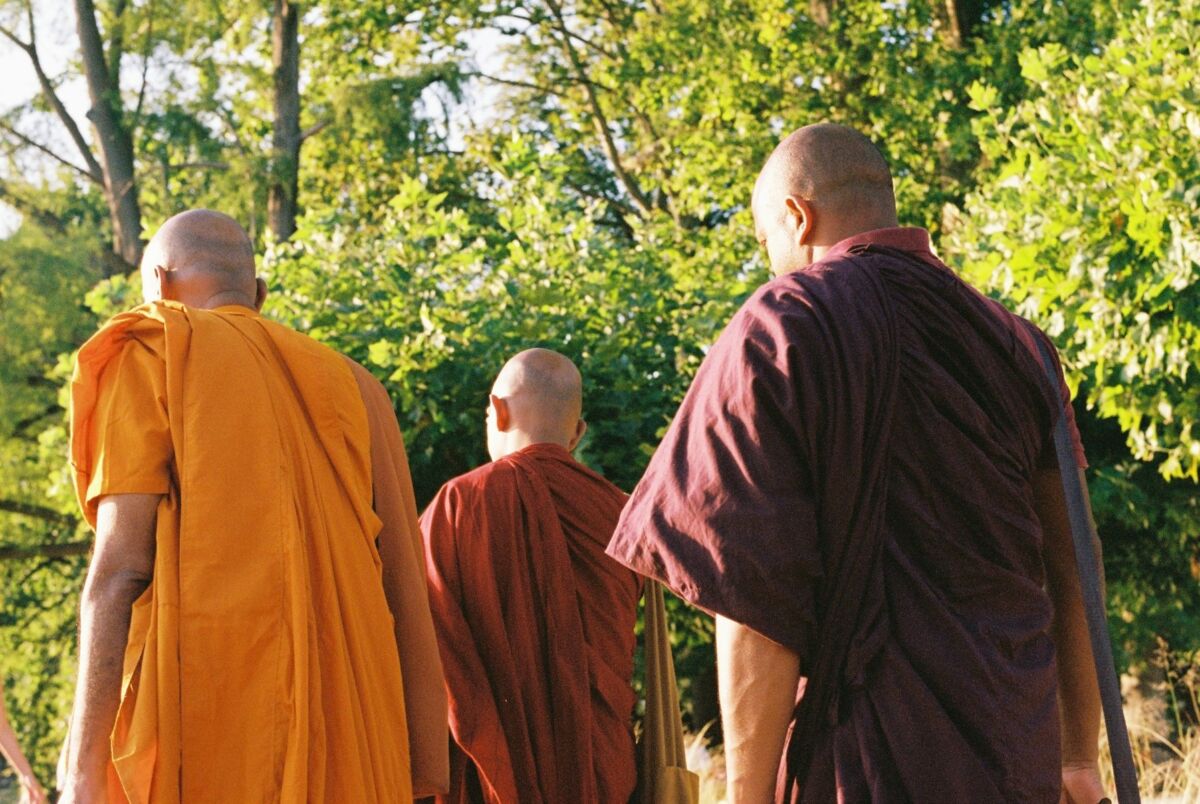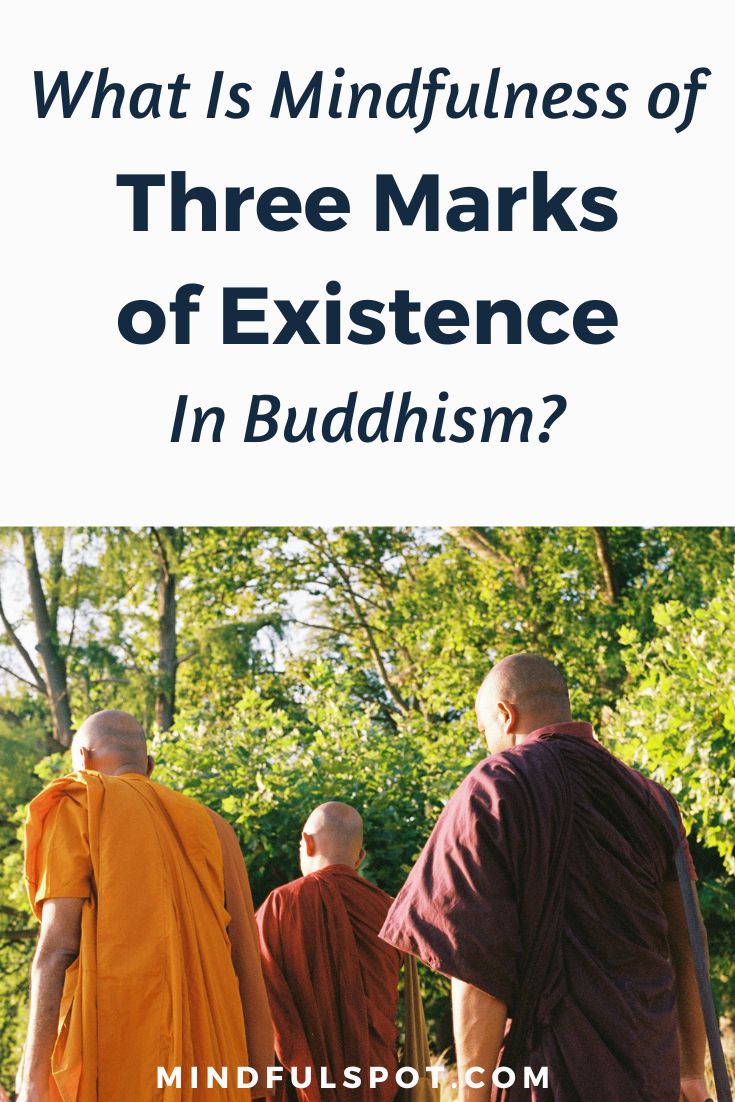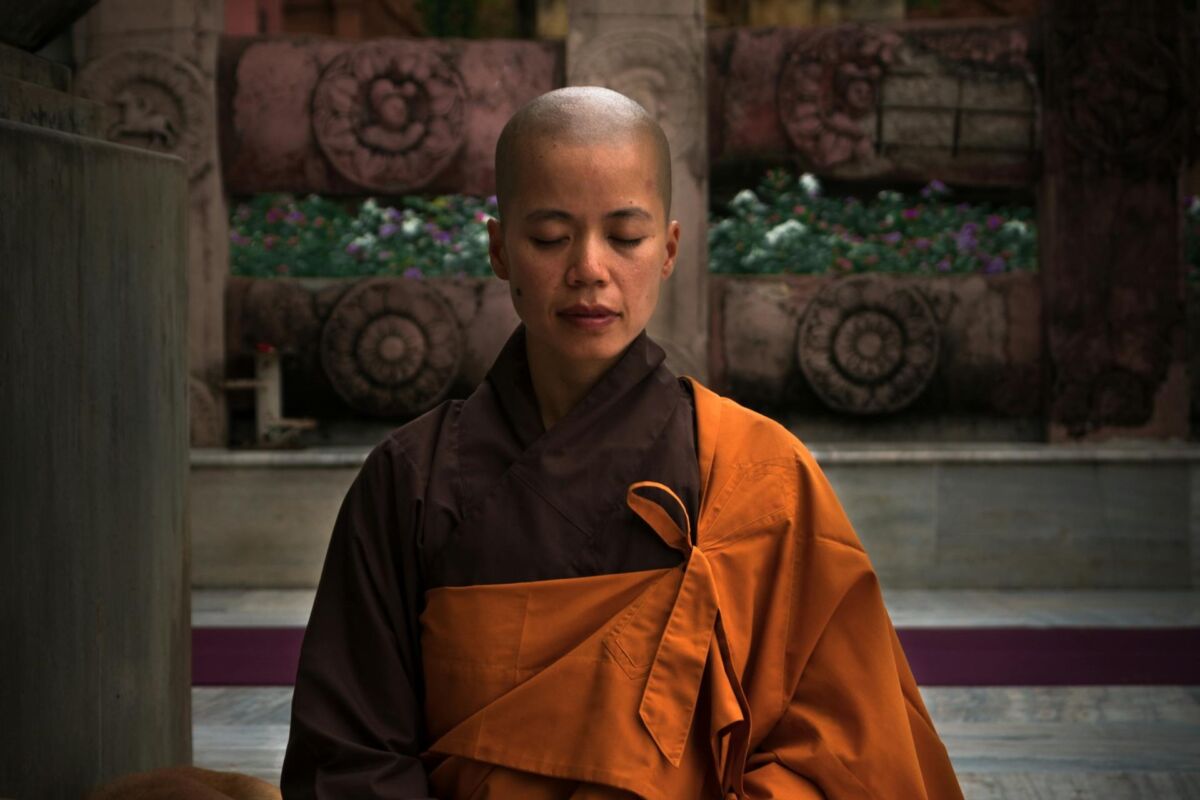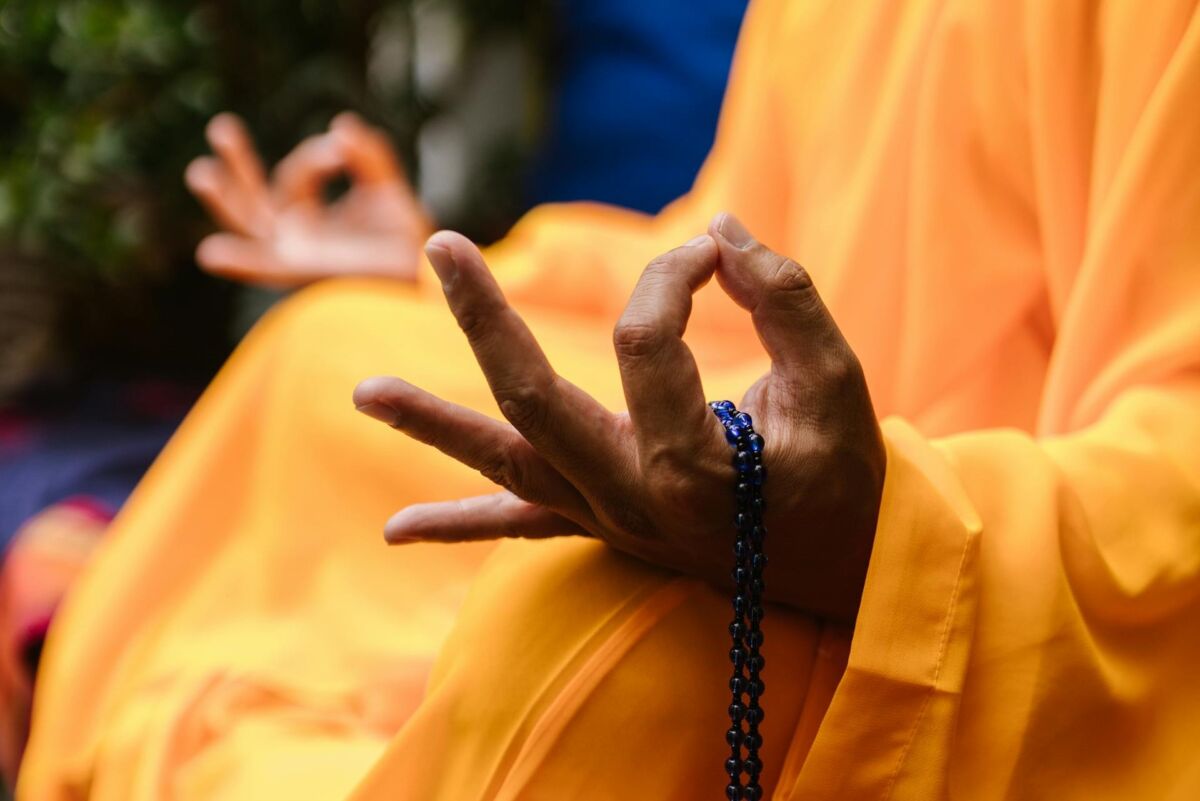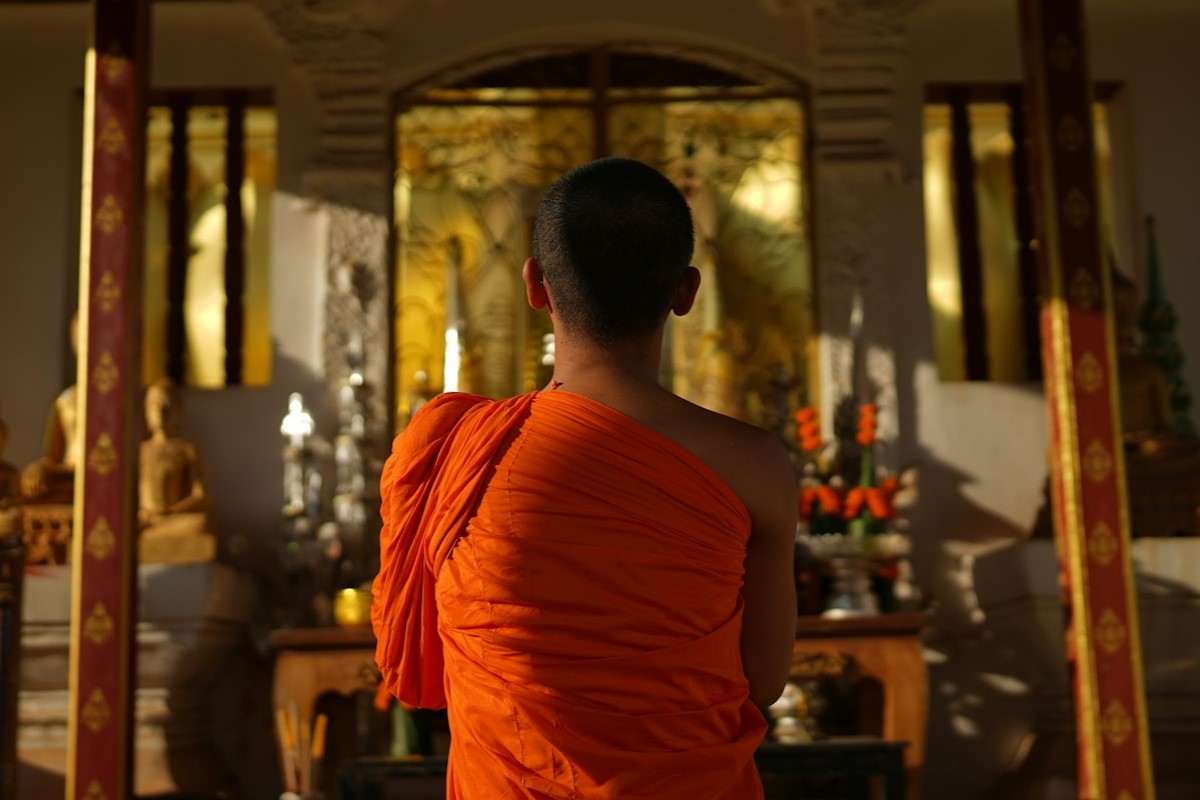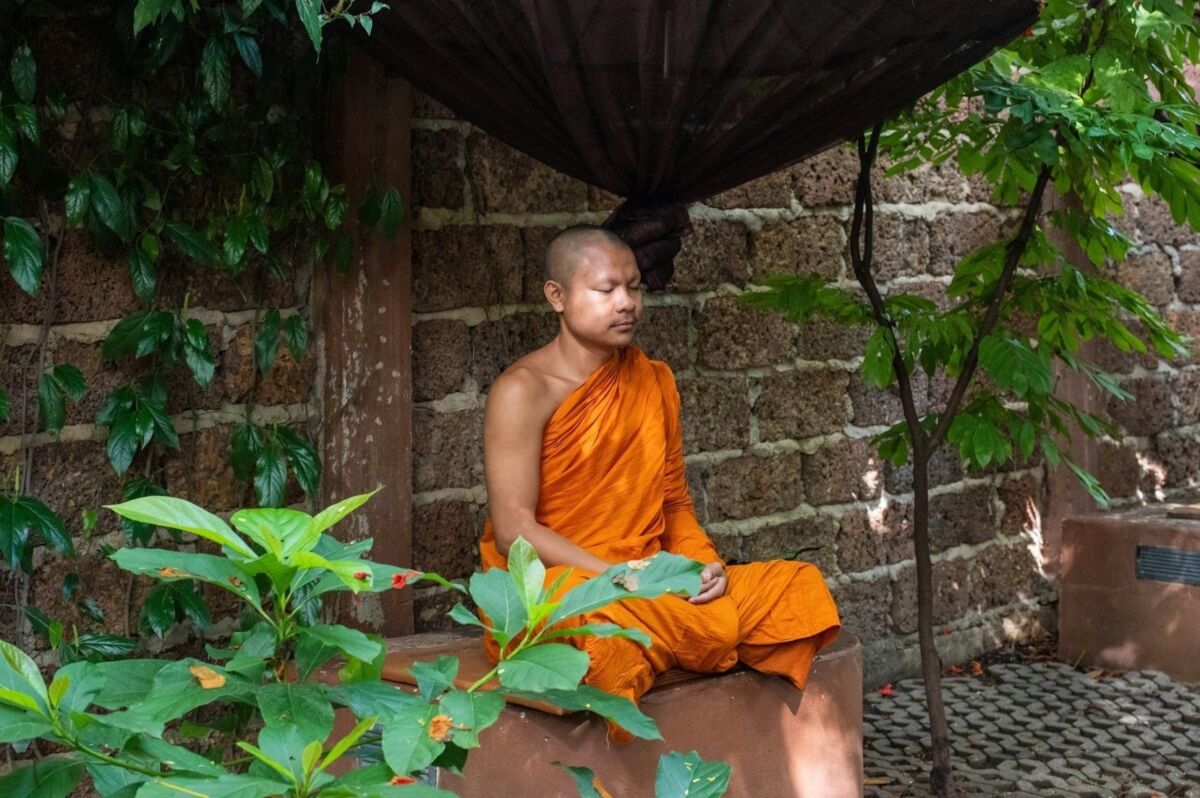You are never in complete control of your life. Letting go of this illusion realigns you with the flow of your current circumstances and lets them work for you rather than against you.
This is what mindfulness meditation can help you achieve by providing insight into the three marks of existence. Contrary to popular belief — impermanence, suffering, and not-self — are not limited to the transcendental dimension of your spiritual practice.
They can become a part of your daily experience through the contemplation of body, feelings, and mind. This, in turn, can have a transformative effect on your well-being by relieving stress when things don’t go your way. “The way we are now is not an innate and unchangeable trait. Instead, it is the product of conditions. Conditions can be influenced and changed, and this is precisely where meditative training comes in,” Bhikkhu Analayo writes in his book Satipatthana: A Practice Guide. Then he adds:

FREE Self-Test: How Spiritual Are You?
Body, feeling, and mind are without exception impermanent. What is impermanent is incapable of yielding lasting satisfaction. It is dukkha [suffering].
According to the definition given in the first noble truth, one of the dimensions of dukkha is not getting what we want. This reflects our inability to control things completely.
Body, feeling, and mind are clearly outside of the sphere of our complete control. For this reason, they have to be reckoned as devoid of self. The self-notion targeted here is precisely about being in complete control. Therefore, what is impermanent and dukkha must be empty of a self.
He continues by explaining how the three marks of existence can be framed in terms of the four noble truths to overcome challenges in daily life:
This can take place by first of all honesty recognizing the stressful or even painful dimension of the problem or challenge (first truth), followed by discerning the degree to which our own attitude, expectation, or outlook makes a contribution to the stress or pain experienced (second truth).
Such discernment in turn makes it quite clear that an adjustment on the side of our attitude, expectation, or outlook stands a good chance of diminishing, if not removing, the stress or pain (third truth). The medication to be applied (fourth truth) can then take the form of insight into three characteristics[:] Whatever happens, it certainly is impermanent, therefore it is dukkha anyway, and most certainly it is empty of a self.
According to what the situation demands, the medication could be by way of placing emphasis on one of the three characteristics or on all three in combination. The resultant right vision can have a substantially transformative effect, even to the extent of freeing the situation of its stressful or painful repercussions.
Start practicing mindfulness of the three marks of existence from Satipatthana Meditation and then revisit our articles on mindfulness of the body, mindfulness of feelings, and mindfulness of mental states.

FREE mindfulness resources for stress relief
I’m a freelance writer and mindfulness advocate behind this blog. I started my meditation practice in 2014, and in 2017 I launched this website to share what I learn with others. Here are the three things you can do here:
1. Schedule a free consult if you want to learn Buddhist meditation.
2. Download free mindfulness resources for stress relief
3. Join Patreon for exclusive content and community meetings.

